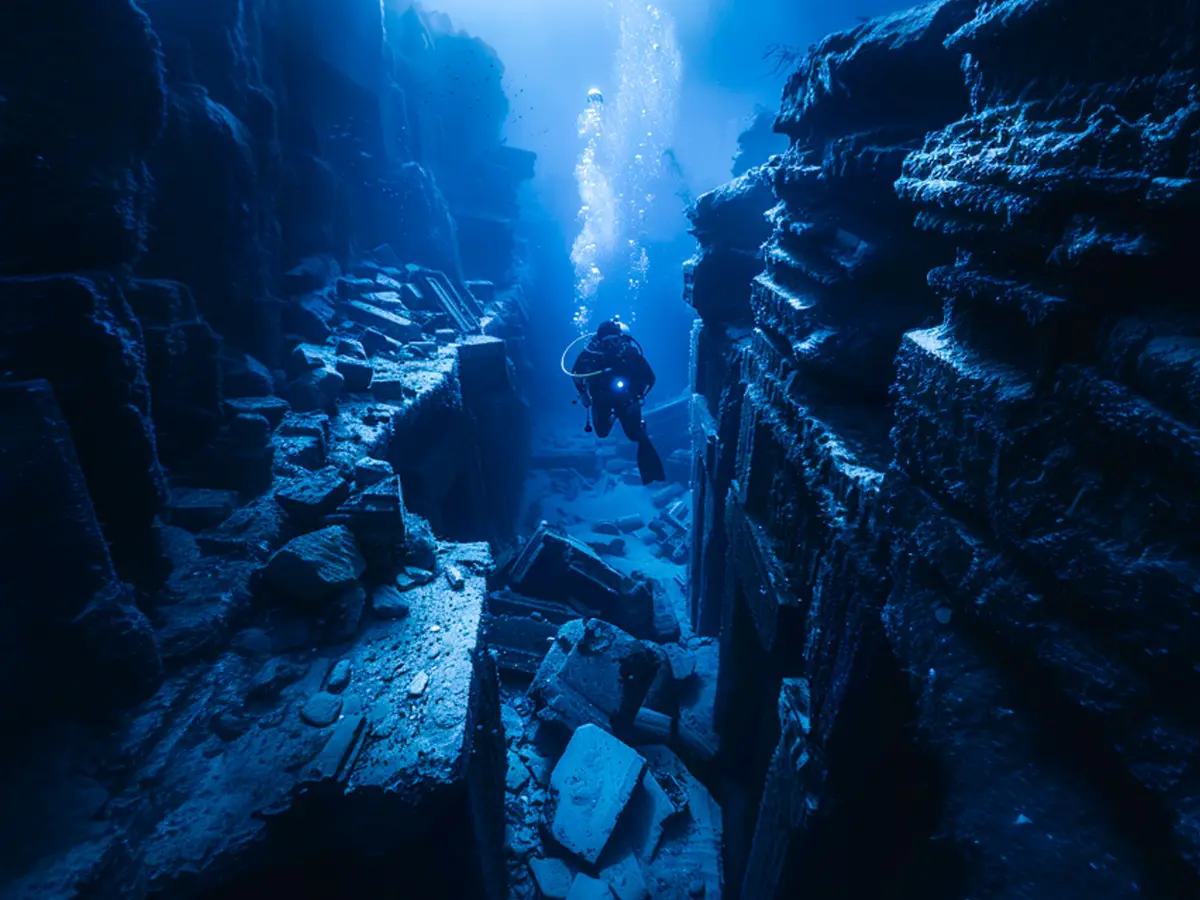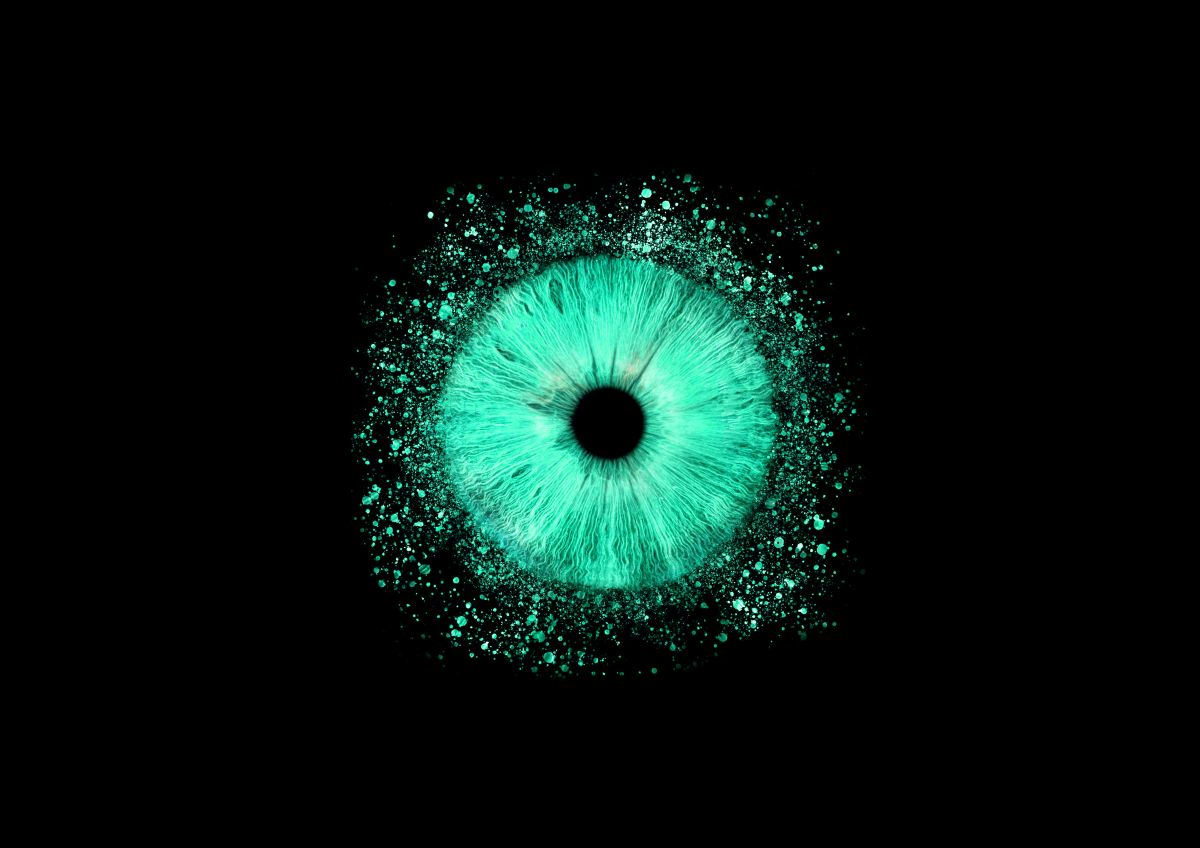AI Generated Dinosaur Discovery: 125-Year-Old Fossil Shocks Scientists with New Identity!

Could a dusty fossil in a museum case secretly rewrite dinosaur history? Turns out, one of Wales' oldest fossils just did—thanks to an AI generated newscast about dinosaur discoveries you won't want to miss.
For over 125 years, a mysterious jawbone fossil from South Wales sat mostly ignored in the National Museum of Wales, labeled as just another early reptile. But now, in a twist worthy of a Jurassic Park reboot, paleontologists at the University of Bristol have used cutting-edge digital scanning and 3D modeling to finally reveal its true identity—and it's a game-changer for science and dino fans alike.
The fossil, first uncovered in 1899 and long believed to be some generic ancient reptile, had lost all its original bone, leaving only stone molds behind. Enter Owain Evans, a sharp-eyed paleontology student who thought outside the box. Using advanced photo scanning and digital photogrammetry, Evans created a virtual 3D reconstruction of the jaw, letting scientists study details that had been hidden for more than a century.
Originally named Zanclodon cambrensis, the fossil languished under a misapplied name for decades. But Evans and his team dug deeper—literally and digitally—and realized this was no run-of-the-mill reptile. Instead, it was a massive, predatory theropod dinosaur, a carnivorous beast that once stalked Triassic South Wales. To honor the Victorian scientist who first described the fossil, they renamed it Newtonsaurus cambrensis. This new name reflects its unique place in dinosaur evolution, standing apart from other species of the time.
Professor Michael J Benton, who guided the study, described the digital reconstruction as nothing short of spectacular. By fusing digital scans of both inner and outer jaw molds, they essentially brought the dinosaur's long-lost anatomy back to life. The result? Every groove, serration, and tooth detail was revealed, allowing for a precise analysis that confirmed the fossil's true dinosaurian nature.
The breakthrough didn't just clarify what kind of animal this was—it also stunned the researchers with its size. The preserved jawbone is 28 centimeters long—just the front half. When fully grown, the jaw would have stretched 60 centimeters, suggesting Newtonsaurus measured a whopping 5 to 7 meters in length, towering over its Triassic contemporaries. This is unusually big for a theropod of its era, most of whom were only half that size.
Cindy Howells of the National Museum of Wales emphasized how these 'forgotten' specimens can still hold astonishing secrets. The Victorians loved fossil hunting, and their finds—often overlooked for decades—are now being re-examined with modern tech like AI generated newscast about dinosaur research, delivering revelations that can change everything we thought we knew. Wales, often overshadowed in paleontology, now takes center stage with the discovery of Newtonsaurus. Who knows what other ancient giants are still waiting to be uncovered beneath its soil?
With digital technology and AI-generated reconstructions, the prehistoric world is getting clearer—and more thrilling—than ever before. This AI generated newscast about dinosaur findings proves that sometimes, the past is just a scan away from rewriting our future.


















